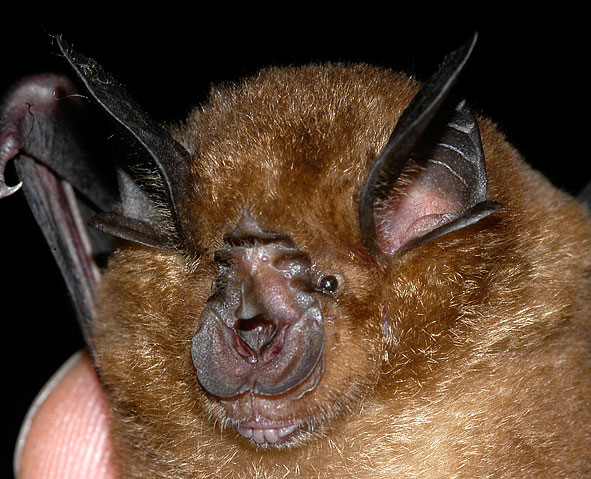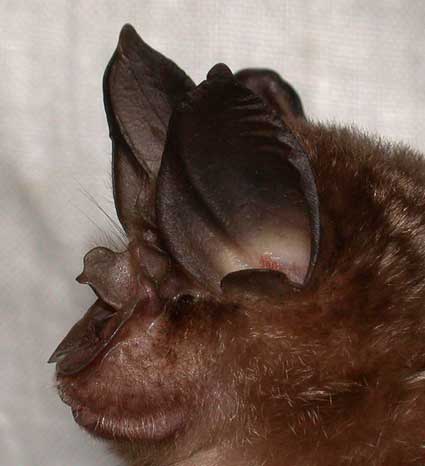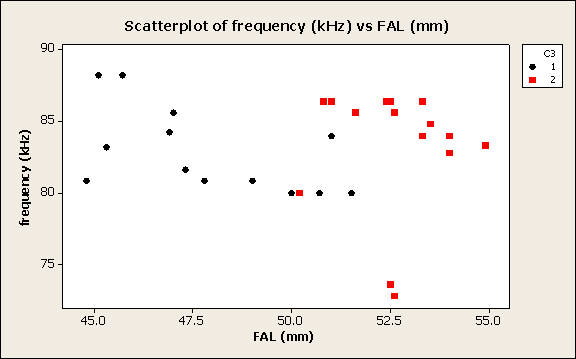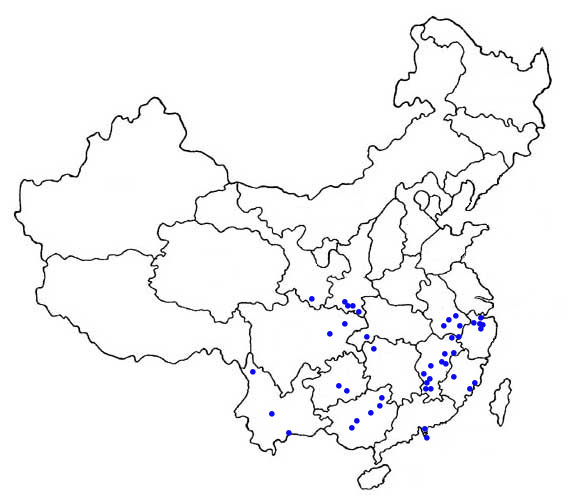Chinese rufous Horseshoe Bat
Morphological description Life history Distribution Habitat Roost sites and roosting patterns Emergence and flight pattern Foraging behaviour Echolocation calls Status and protection


Morphological Description
· Ear length 15.8-21.0 mm (Csorba et al., 2003).
· Forearm length 44.8 mm - 51.5 mm in Chinese specimens that we have caught (n = 13).
· Body mass 10-12.5 g in Sichuan (n = 4).
· Well developed secondary leaflet present on noseleaf.
· Sella almost parallel-sided, and the lancet on the noseleaf is more blunt-tipped than in R. affinis.
· The species is most easily confused with R. affinis, from which it is best distinguished by its straight-sided lancet and the relatively short second phalanx of the third digit (< 66% of the length of the metacarpal: Csorba et al., 2003). Unequivocal separation can be performed by sequencing the control region of mtDNA. Echolocation call frequencies overlap with those emitted by R. affinis. R. affinis is also typically a larger species, though overlap occurs with R. sinicus at forearm lengths between 50-51 mm. The graph below shows frequency of most energy in echolocation calls plotted against forearm length (FAL) for R. affinis (red) and R. sinicus (black). Note the extensive overlap in call frequency, but only small overlap in forearm length.

· Very similar to the smaller R. thomasi of Myanmar, Vietnam, Lao PDR and Thailand, to which it is closely related. call frequency for R. thomasi in Lao PDR is reported as 76 kHz (Francis & Habersetzer 1998), and so the two taxa may use different call frequencies.
Life history
· Little known
Distribution
China, Nepal , northern India and Vietnam (Csorba et al., 2003).
The distribution in China is shown by the dots on the map (as given by Zhang et al. 1997).

Habitat
· Little known.
Roost sites and roosting behaviour
· Roosts in caves, often with other bat species.
Emergence and flight pattern
· Most rhinolophid bats have wing shapes that make them adept at foraging in cluttered environments.
Foraging behaviour
· Little known
Echolocation calls
The echolocation call is a long constant frequency signal, with a brief frequency-modulated start and tail. Frequencies with most energy recorded from hand-held bats ranged between 80 and 88.2 kHz ( n= 13). Some evidence of males calling at lower frequencies (80-84.2 kHz) than females (84-88.2 kHz), as found in the closely related R. rouxi in Sri Lanka which calls at 73.5 - 79 kHz (Neuweiler et al. 1987). Call frequencies overlap with those used by R. sinicus, and so is not a diagnostic feature for separating these species.
To listen to the call of the great leaf-nosed bat click here
Size of sound file: 365 kb
Status and protection
· There is no estimation of population size in China.
· Chinese rufous horseshoe bats are LR/lc, assessed by the Red List of Threatened Species (IUCN, 2006) on the basis that it has fairly wide distribution and is locally common in southeast Asia. the species is not listed in the Law of the People's Republic of China on the Protection of Wildlife in 1989.
· Caves should be protected as their habitats.